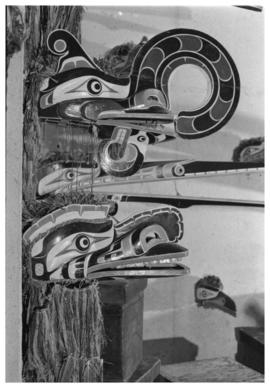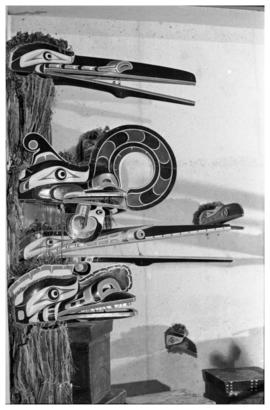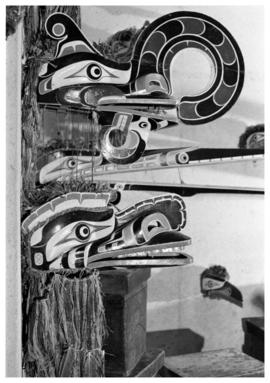Book 8, tape 2: Learning Kwak'wala
- 1 3-3-03-3-03-K-7 (MAN183g)
- Stuk
- 1980-1981
Item consists of part 2 of a recording of Learning Kwak’wala: Book 8 Here & There, and it features Agnes Cranmer, Margaret Cook, and Jay Powell engaging in vocabulary and grammar exercises in the workbook, Jay Powell asks the questions in English and Agnes Cranmer and Margaret Cook give the response in Kwak’wala; Side A: pages 25-33 covers where people are, when they arrived and where items are, Agnes Cranmer provides another word for Vancouver in Kwak’wala that is not listed on page 27; Side B: pages 33-43 covers the locations of items in or on an object ad provides a distinction between small and larger locations. Recorded on both sides, page numbers in the audio are ahead by one and two page numbers from the physical workbook, and the list of vocabulary is in a slightly different order than the workbook. Recorded on both sides.




